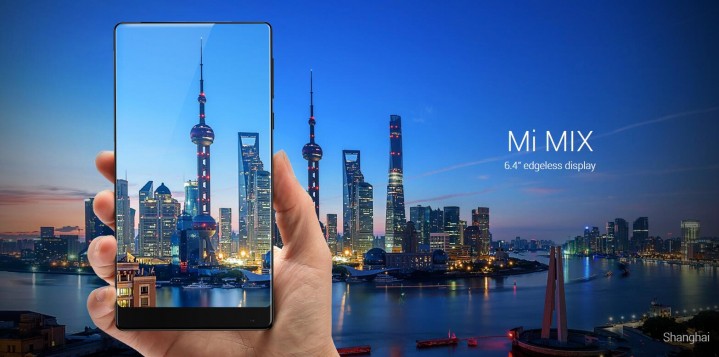Xiaomi’s incredible new Mi Mix smartphone brings a jaw-dropping “edgeless” display, a ceramic design and groundbreaking new technologies.
Unveiled today, it isn’t just the prettiest smartphone of 2016; it’s the prettiest smartphone to date.
The Mi Mix is not an iPhone clone — something Xiaomi has become famous for — but it could tell us a lot about Apple’s next handset.
Xiaomi made some interesting moves and adopted some outstanding new technologies to make the Mi Mix happen.
As a result, the Beijing electronics company’s new phone gives us an early glimpse at the future of smartphones. We’re bound to see more of this type of technology as manufacturers around the world strive to deliver edge-to-edge displays that let you immerse yourself in your favorite content like never before.
Mi Mix smartphone innovations
A rounded, edgeless display
With the Mi Mix, Xiaomi achieved something Apple has struggled with for years — reducing the size of a smartphone’s bezels to next to nothing. The Mi Mix delivers a surprising 91.3 percent screen-to-body ratio. In comparison, the iPhone 7 Plus has a 67.7 percent screen-to-body ratio.
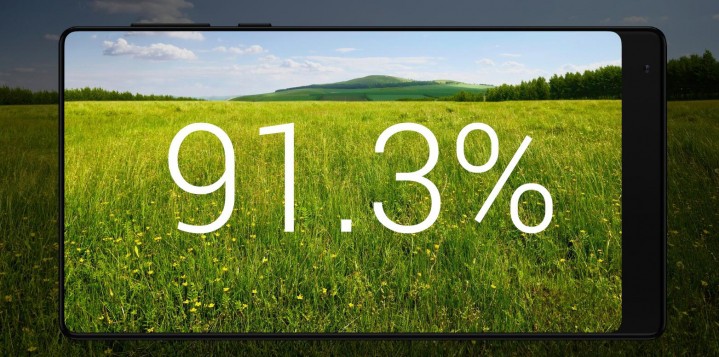
Photo: Xiaomi
To put that in perspective, the 7 Plus has a 5.5-inch screen, while the Mi Mix crams a 6.4-inch screen into almost exactly the same footprint.
iPhone fans have long complained that the bezels around their Retina HD displays are too big, but Apple has been unable to reduce them. In fact, the 7 Plus is one of the largest phablets available right now — despite the fact that many rivals have larger displays.
Xiaomi achieved this by employing a number of incredible new technologies, and by not being so anal about symmetry (Apple insists that the bezels above and beneath its iPhone displays are precisely the same size, but Xiaomi isn’t too concerned about that).
Xiaomi also developed a display with rounded corners, which allows the OLED panel to sit right up against the edges of the Mi Max in a way that sharp, right-angle corners just couldn’t.
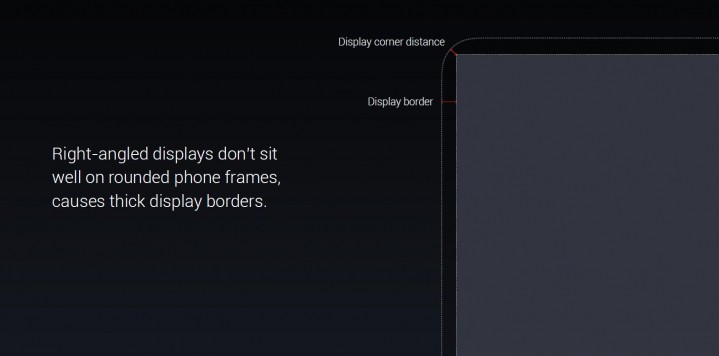
Photo: Xiaomi
With rumors claiming next year’s iPhone will sport an all-glass design and an innovative new augmented reality experience, a display of this kind would be ideal. It would allow the iPhone to maintain its smooth curves without the bulky borders.
Cantilever piezoelectric ceramics and ultrasonic distance sensor
Look closely at the front of the Mi Mix and you’ll notice it has no proximity sensor and no hole to emit sound — things you traditionally find above the display on smartphones. Instead, the device uses cantilever piezoelectric ceramics and an ultrasonic distance sensor.
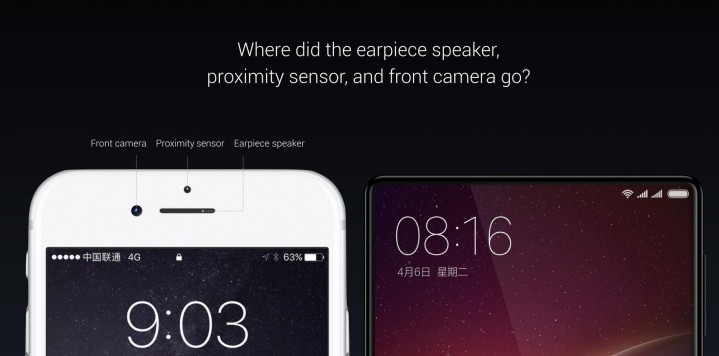
Photo: Xiaomi
The cantilever piezoelectric ceramics work alongside a digital-to-analog converter to turn electrical signals into mechanical energy. That energy is then distributed through the Mi Mix’s metal frame, turning the device itself into a speaker.
This allows you to make calls just like you would on any other smartphone — by holding the phone to your ear — but negates the need for the usual bulky speaker hidden behind the bezel.
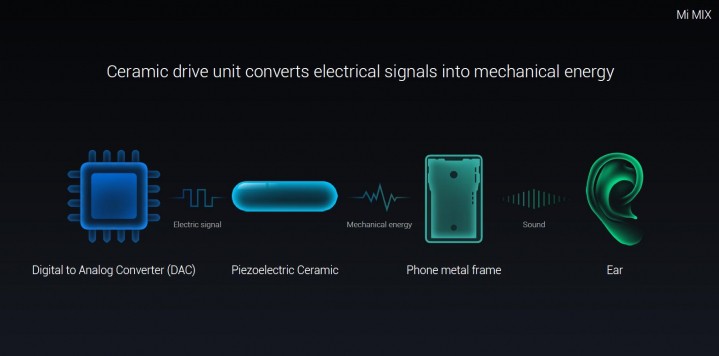
Photo: Xiaomi
The ultrasonic distance sensor allows the Mi Mix to measure proximity through its display, so it knows when it’s being held against your face, or placed face-down on a flat surface, without the need for infrared sensors.
The Mi Mix still carries a front-facing camera, but it sits in the narrow bezel beneath the display. The module is 50 percent smaller than comparable 5-megapixel camera modules, so it doesn’t require as much space inside the phone.
Full ceramic body (including buttons)
The Mi Mix comes with a ceramic back, frame and buttons that score an 8 on the Mohs scale of mineral hardness alongside materials like sapphire. In comparison, Gorilla Glass 5, which is being used on the latest Android-powered flagships, is rated around 5.
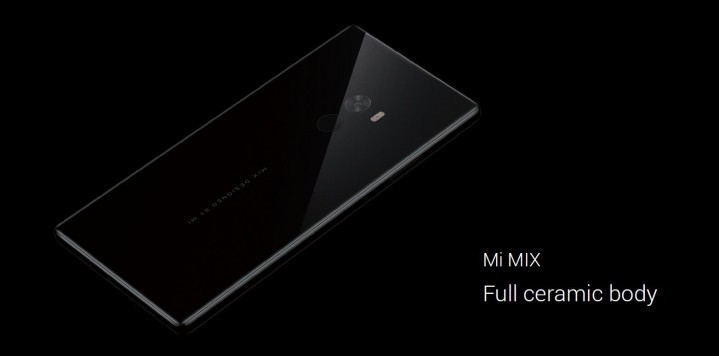
Photo: Xiaomi
Ceramic isn’t just more robust, either. It’s radio-transparent, which means all the wireless chips inside the Mi Max — Wi-Fi, Bluetooth, GPS, LTE, etc. — can send and receive signals through the Xiaomi phone’s body without the need for antenna bands.
Ceramic is also a great material for heat dissipation, which means the Mi Mix should run cooler than most smartphones while under heavy loads.
What’s holding Apple back?
A victim of iPhone’s success
Many of the things the Mi Mix brings to the market sound perfect for Apple’s next-generation iPhone, which needs to be a special upgrade. Not only are fans getting bored of the existing iPhone design — which is more than two years old now — but 2017 marks the iPhone’s 10th anniversary.
But taking the same steps as Xiaomi wouldn’t be seamless for Apple.
Ceramic is a near-perfect material for a future iPhone, and it’s pretty enough to replace aluminum for Apple and its fans. However, Apple invested so heavily in producing aluminum devices that going all-in on a ceramic iPhone won’t happen anytime soon.
According to Greg Koenig, a product designer who is familiar with Apple’s manufacturing processes, Apple would need 230,000 new CNC machines and more than 200,000 extra employees to churn out enough ceramic cases to meet iPhone demand.
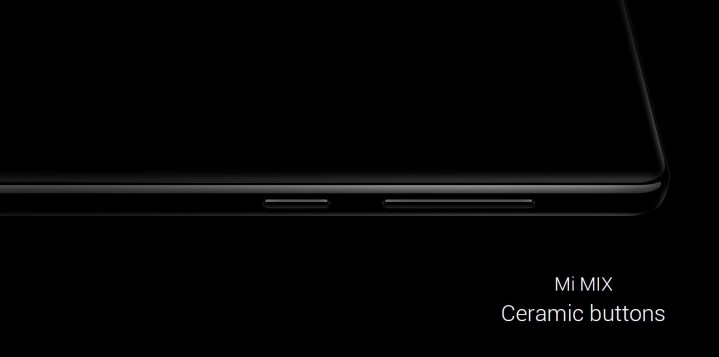
Photo: Xiaomi
Apple currently uses around 40,000 machines and lathes to produce aluminum iPhone bodies, Koenig reports, and it has taken almost a decade to develop a system that allows the company to produce around 1 million cases every single day.
Switching to a new material — especially one like ceramic, which would require a new manufacturing process — just isn’t feasible for a device as popular as the iPhone. The only reason Xiaomi can do it is because it plans to sell the Mi Mix in limited quantities.
Another stumbling block could be the Mi Mix display’s rounded edges. Developers would need to optimize their apps to take advantage of it. Otherwise, we would see the same rectangular interface with sharp edges and the rounded display would be pointless.
This isn’t a major issue — developers have already adapted to things like the Retina display and larger iPhones — but it’s a big change Apple might prefer to avoid.
It’s also unclear whether Apple would be able to adapt its 3D Touch technology for an edgeless design with a rounded display. And the Taptic Engine might not even fit inside an iPhone that added cantilever piezoelectric ceramics and an ultrasonic distance sensor. After all, Apple had to kill off the iPhone’s headphone jack just to make room for larger cameras.
Apple will certainly keep advanced features like 3D Touch and the Taptic Engine in future iPhones. The big question is, can Cupertino figure out methods and materials that will deliver the type of innovation Xiamoi put on display today? And deliver these innovations at the kind of scale necessary for the world’s most popular phone?
We’ve already seen the future of the smartphone. Now Apple just needs to figure out how to perfect it.
